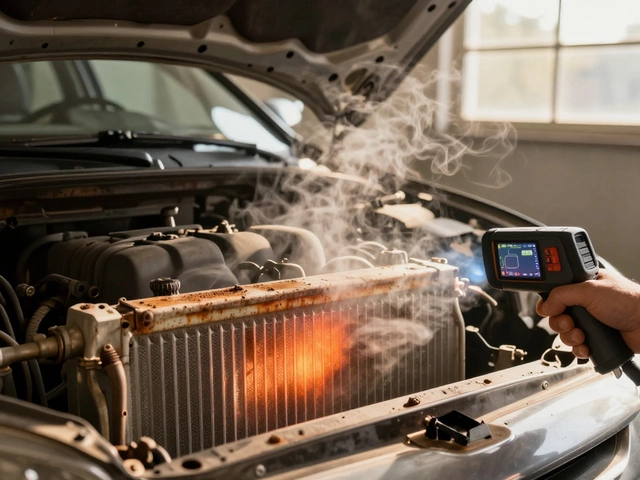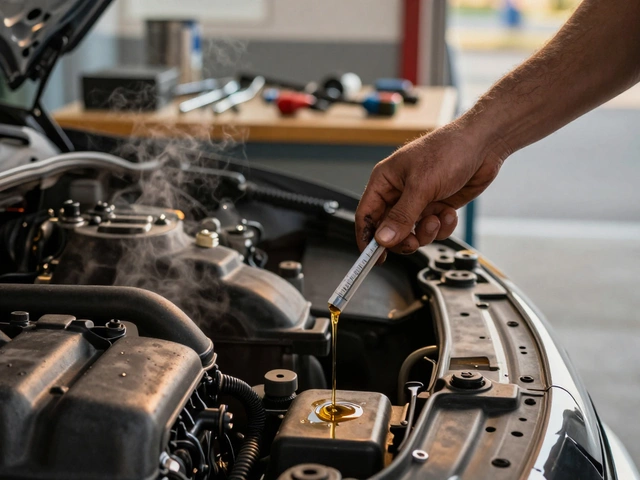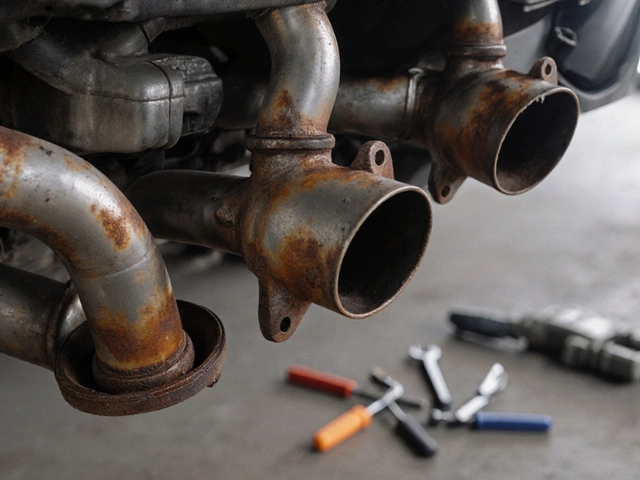Clutch Replacement Time: How Long Does It Really Take?
When your clutch, the component that connects your engine to the transmission and lets you shift gears smoothly. Also known as friction disc assembly, it's one of those parts you don't think about until it starts slipping, grinding, or refusing to engage. That’s when you realize how much you rely on it—and how long a simple swap can actually take. A full clutch replacement isn’t just popping in a new part. It’s a multi-hour job that involves removing the transmission, inspecting the flywheel, replacing the release bearing, and reassembling everything perfectly. Most mechanics will tell you it’s not a weekend DIY project unless you’ve done it before.
The clutch replacement time, the total duration needed to remove, replace, and test a vehicle’s clutch system usually ranges from 4 to 8 hours, depending on your car’s make and model. Simple cars like a Honda Civic or Toyota Corolla might take 4 to 5 hours. But if you drive a pickup truck, SUV, or a European model with tight engine bays, you’re looking at 6 to 8 hours—or even longer. Why? Because the transmission has to come out, and that means disconnecting exhaust pipes, shift cables, sensors, and sometimes even the radiator or AC lines. The flywheel, the heavy metal disc that connects to the engine’s crankshaft and works with the clutch to transfer power often needs resurfacing or replacement too. If it’s cracked or worn, you can’t just slap in a new clutch and call it done. And if your release bearing, the part that pushes against the clutch pressure plate to disengage the disc is noisy or stiff, it’s smart to replace it at the same time. You don’t want to pay for the same labor twice in six months.
Signs your clutch is failing aren’t always obvious. You might notice the pedal feels softer, the engine revs without acceleration, or you hear grinding when shifting. Sometimes, the car won’t go into gear at all—especially when hot. These aren’t just "inconveniences." They’re warnings that the clutch is worn out, and waiting too long can damage the transmission or flywheel, which adds hundreds to the bill. If you’re doing it yourself, expect to spend a full day. You’ll need a jack, transmission jack, torque wrench, clutch alignment tool, and a lot of patience. Most people skip the DIY route because the risk of misalignment or air in the hydraulic line is too high. Even pros double-check everything before handing back the keys.
What you’ll find below are real, hands-on guides from people who’ve been under the car. We’ve got breakdowns of how long it took to replace clutches on popular models, what tools actually matter, how to spot a worn flywheel before it kills your new clutch, and why some shops charge twice as much for the same job. Whether you’re trying to save money or just want to know what’s going on when your mechanic says "it’s going to take all day," these posts give you the straight facts—not the sales pitch.

How Many Hours Does It Take to Replace a Clutch? Real-Time Estimates for Common Cars
Replacing a clutch typically takes 4 to 8 hours, depending on your car model and mechanic experience. Learn what factors affect labor time, signs of a failing clutch, and how to save money on parts and labor.
CONTINUE READING








